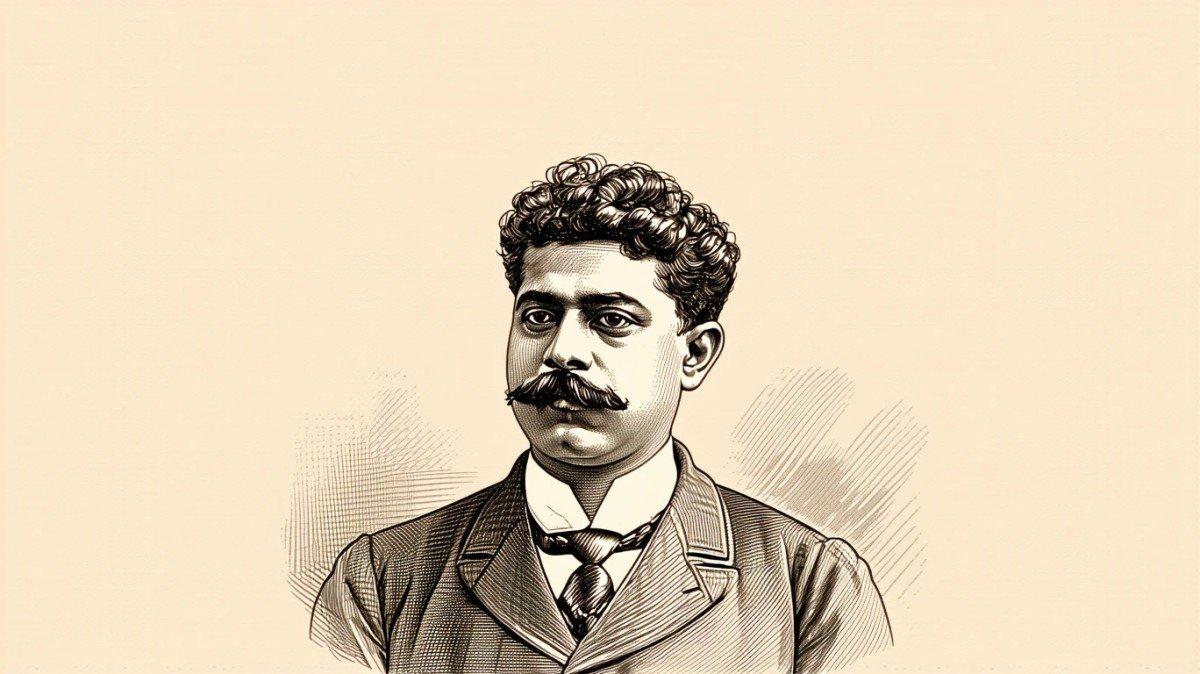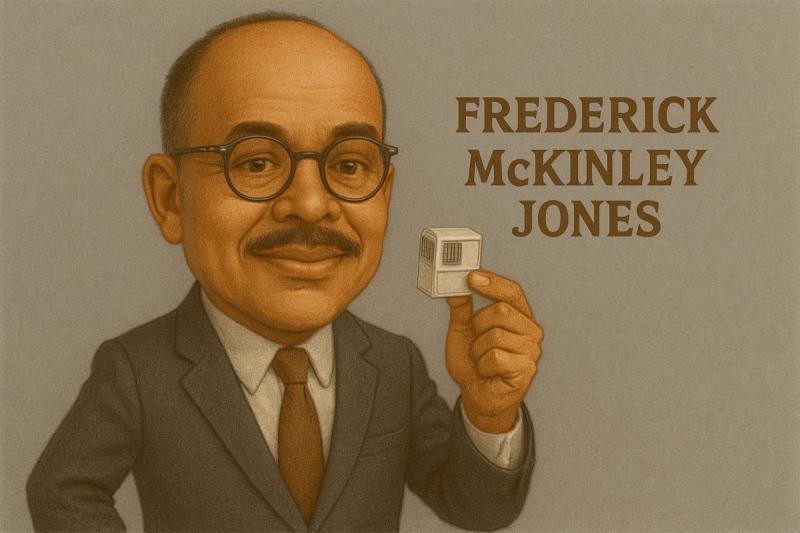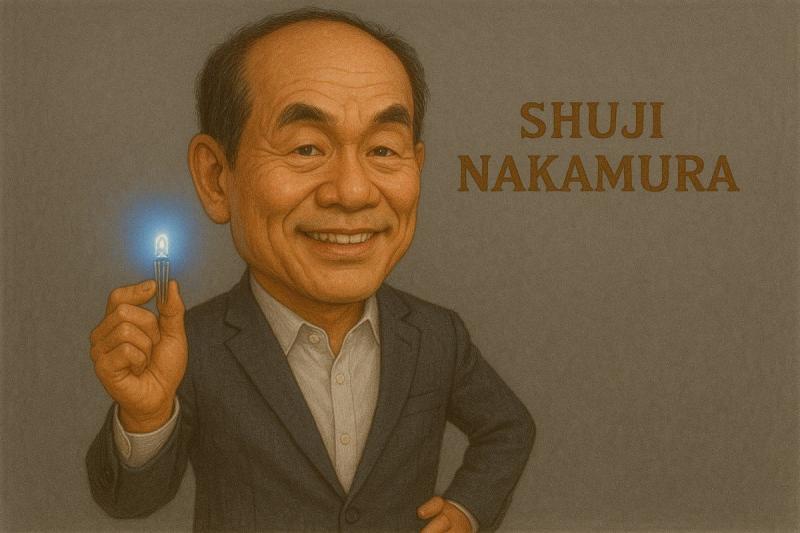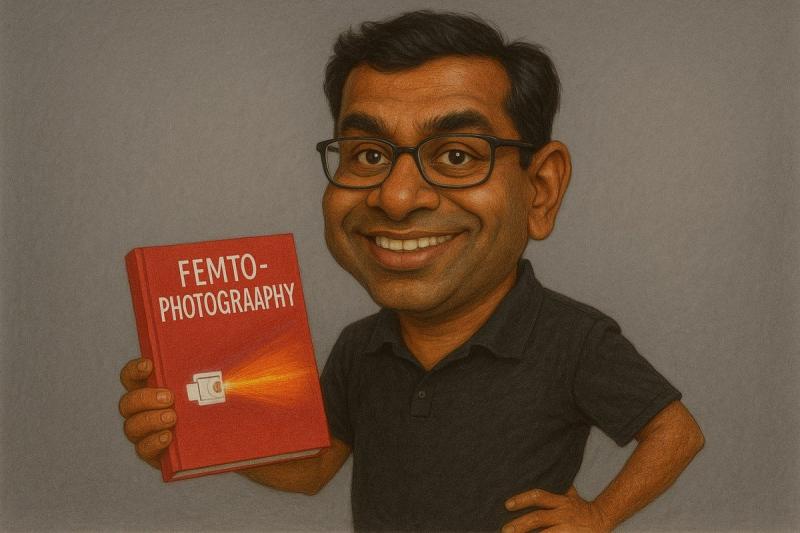Jagadish Chandra Bose: The Man Who Proved Plants Feel (And Made Science Listen)
Ever stopped to apologize to your houseplant after accidentally breaking one of its leaves? Well, you're not crazy – you might actually be onto something! Long before plant communication became a popular science topic, one brilliant scientist was already proving that our green friends experience feelings, respond to stimuli, and even "listen" to music. Let me introduce you to Jagadish Chandra Bose, the original plant whisperer.
The Scientist Who Talked to Plants (Before It Was Cool)
Born in 1858 in present-day Bangladesh, Jagadish Chandra Bose wasn't your average scientist. At a time when most researchers were focused on physics and chemistry, Bose was busy connecting electrodes to plants and making groundbreaking discoveries that would eventually challenge our understanding of what it means to be "alive."
I've always found it fascinating how some of the most revolutionary ideas come from people who think completely outside the box. Bose definitely fits that description. After studying physics in London, this talented Bengali scientist returned to India and promptly began blurring the lines between physics, biology, and even philosophy. Talk about a renaissance man!
"Yes, Plants Have Feelings" – Proving the Unprovable
So here's the million-dollar question: how exactly do you prove that something without a brain or nervous system has "feelings"? If you're Bose, you build ingenious devices and conduct experiments so precise they're almost poetic.
Bose discovered that plants respond to various stimuli in ways remarkably similar to animals. When subjected to harmful chemicals, extreme temperatures, or physical trauma, plants would produce electrical responses comparable to what we might call "pain" in animals.
His most eye-opening experiments demonstrated that plants actually have pulse-like responses and can be "stunned" or even "killed" by poisons, electricity, and extreme temperature – with death occurring when these electrical impulses ceased. Pretty mind-blowing, right?
And here's where it gets truly wild: Bose showed that plants respond to music! Different types of music would cause varying electrical responses in plants. Some melodies would stimulate growth, while others would inhibit it. Next time you're blasting heavy metal around your succulents, maybe consider switching to some classical. Just saying! :)
The Crescograph: Measuring the Unmeasurable
One of Bose's most brilliant inventions was the crescograph – a device so sensitive it could measure plant growth at a microscopic level. And we're not talking about just seeing if your plant got taller overnight. This remarkable instrument could detect growth movements as small as 1/100,000 of an inch!
The crescograph worked by magnifying a plant's movements up to 10,000 times, making the tiniest growth spurts visible to the human eye. Using this device, Bose demonstrated that plants grow faster during the day and slower at night, respond to various fertilizers differently, and even react to touch.
IMO, this invention alone should have made Bose a household name. The precision of the crescograph in the early 1900s was absolutely staggering considering the technology available then. We're talking about measuring movements smaller than most microscopes could detect – using mechanical components!
Why Bose's Work Was Revolutionary (And Why It Got Ignored)
Bose's discoveries were nothing short of revolutionary. He essentially challenged the fundamental distinction between plants and animals that had been accepted as gospel in Western science for centuries. By showing that plants respond to stimuli, feel "pain," and exhibit behaviors similar to animals, he was proposing a radical new understanding of life itself.
But here's the kicker – despite his groundbreaking work, Bose faced significant resistance from the Western scientific establishment. Some of this was undoubtedly due to the colonial attitudes of the time. A scientist from British-controlled India proposing theories that contradicted established Western scientific thought? Yeah, that didn't exactly get a warm reception.
Additionally, Bose refused to patent many of his discoveries, believing that science should benefit humanity rather than generate profit. While admirable, this decision unfortunately meant his work didn't get the commercial attention and subsequent recognition it deserved.
Beyond Plants: Bose's Other Contributions
Though we're focusing on his plant research, it would be criminal not to mention that Bose was also:
- A pioneer in radio and microwave optics, independently developing a coherer for detecting radio waves
- One of the first to demonstrate wireless transmission of electromagnetic waves, years before Marconi's famous demonstrations
- The inventor of various microwave components still used in modern communications
The man was literally advancing multiple scientific fields simultaneously. Ever had trouble just focusing on one task at a time? Yeah, me too.
The Legacy that Bloomed Later
While Bose's work was controversial during his lifetime, modern science has validated many of his findings. Today's plant neurobiology field – yes, that's a real thing now – draws heavily on the foundations Bose established over a century ago.
Scientists have now confirmed that plants do communicate using electrical signals, respond to touch and sound, and even "talk" to each other through fungal networks sometimes called the "Wood Wide Web" (best scientific term ever, btw).
Bose established the Bose Institute in Kolkata in 1917, which continues to conduct cutting-edge research in various scientific fields today. His work bridged Eastern philosophical concepts about the unity of all life with rigorous Western scientific methodology – a synthesis that was truly ahead of its time.
What Can We Learn From Bose Today?
Jagadish Chandra Bose's story reminds us that scientific breakthroughs often come from unexpected places and people willing to question fundamental assumptions. His work suggests that the line between different forms of life may be much blurrier than we once thought.
So next time you're watering your plants, maybe consider playing them some soothing music or apologizing after pruning them a bit too aggressively. According to Bose's research, they might just appreciate it!
And perhaps more importantly, Bose's legacy teaches us to approach science with open minds and to look beyond established boundaries. Sometimes the most revolutionary discoveries happen when we're willing to ask questions that others consider too strange or unorthodox to pursue.
Ever wondered what other profound truths about our world are hiding in plain sight, just waiting for someone curious enough to investigate? That's the real legacy of scientists like Jagadish Chandra Bose – inspiring us to keep questioning, experimenting, and listening... even to plants.



